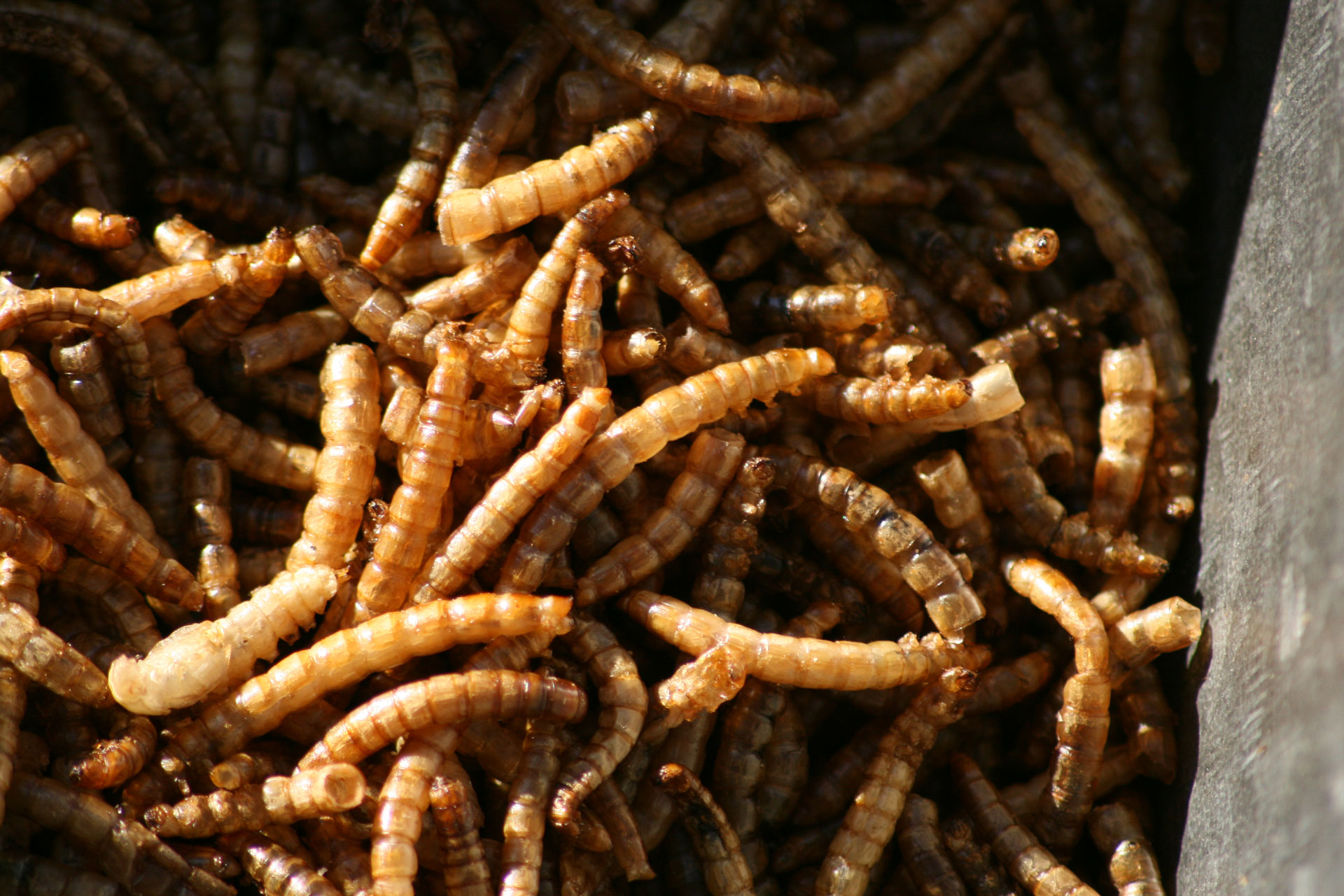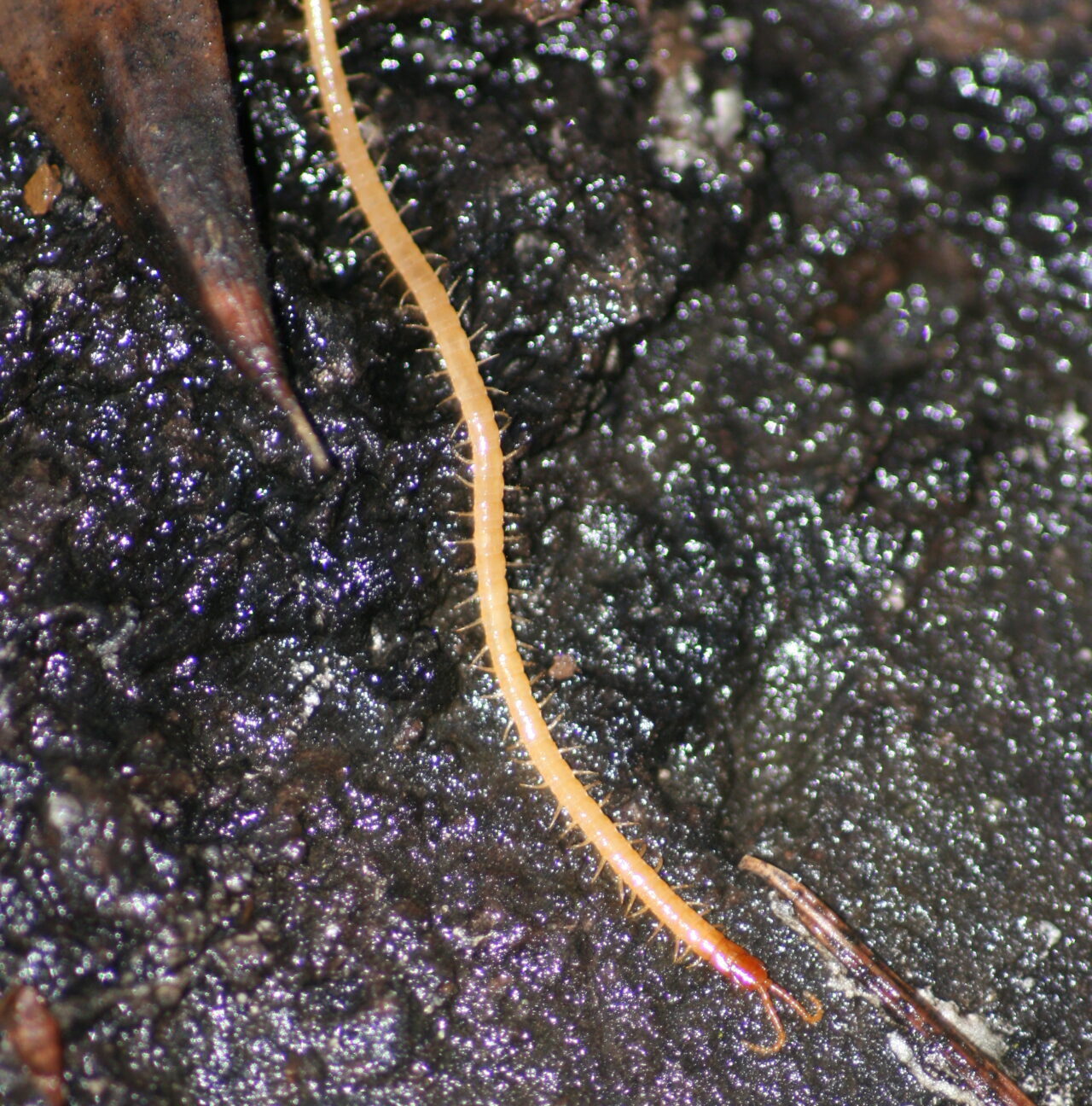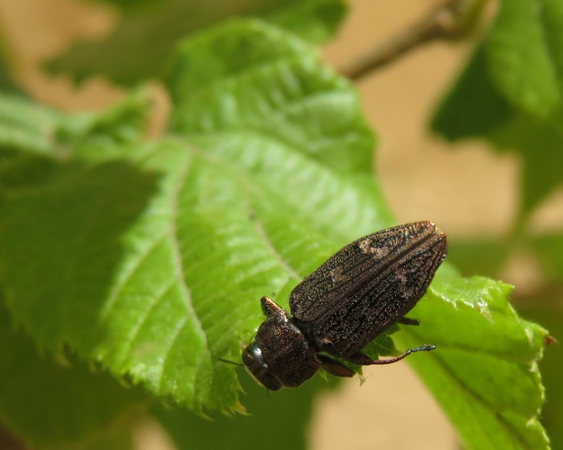
Pacific flathead borers (PFB), Chrysobothris Mali Horn, are a serious agricultural pest throughout much of the United States and into Southern Canada. The borer larvae girdle trunks and lower branches, weakening or killing trees and shrubs. It only takes one borer to kill a small tree.
Borers are tough to control. One of the most important things growers can do to battle borers is to protect trees from stress. There is also a simple trick to help keep the pests in check—pay careful attention to positioning when planting new trees. According to Oregon State University (OSU) Extension Orchard Specialist Nik Wiman, PFB tend to target the graft union.
“We’ve really been able to control borers by clocking the union to face away from the sun,” Wiman said.
Borers Target Weakened Trees and Shrubs
Although borers are most often attracted to newly planted, stressed or weak young trees, they can also damage older trees. They attack trees that are weakened by damage from sunburn, sprays or equipment, or by diseases such as blight.
Borers affect the structural integrity of a tree. Trees damaged, but not killed, by borers are more susceptible to later breakage by snow, wind, or heavy crop loads.
There are more than 200 known host plants for PFB. Besides fruits, nuts and berries, borers also infest soft-wood trees such as alder, dogwood, hawthorn, shadbush, mountain ash and willow. OSU is doing further studies looking for other wild hosts.
Among the agricultural trees and shrubs targeted by PFB are apple, apricot, blueberry, cherry, hazelnut, peach, pear, plum, prune and walnut. The borers have caused damage to shade trees, such as maples, as well. Borers are becoming an increasing problem in Oregon hazelnuts and California walnuts.
Thomas Valenta raises blueberries in the California Central Valley. Valenta has battled PFB in his blueberries for over 15 years but said the insects were especially bad in 2019.
“I try to remove infested canes in the early fall as they show fall colors before the healthy ones do,” Valenta said.
Valenta has noticed that the borers tend to infest and damage some of his blueberry plants more than others, specifically attacking the less vigorous varieties.
Wiman has noticed the same thing in hazelnuts—branches with yellowing leaves tend to be the ones with borers.
In Oregon, PFB has affected blueberries a little bit, according to Wiman. He said it’s likely the same sort of thing, where the borers are attracted to weak plants. Borers are attracted to stress signals emitted by weakened trees. The insects are especially drawn to sunburn, Wiman noted.
“Borers see well. If the bark is dead, it could be a visual clue,” Wiman said.
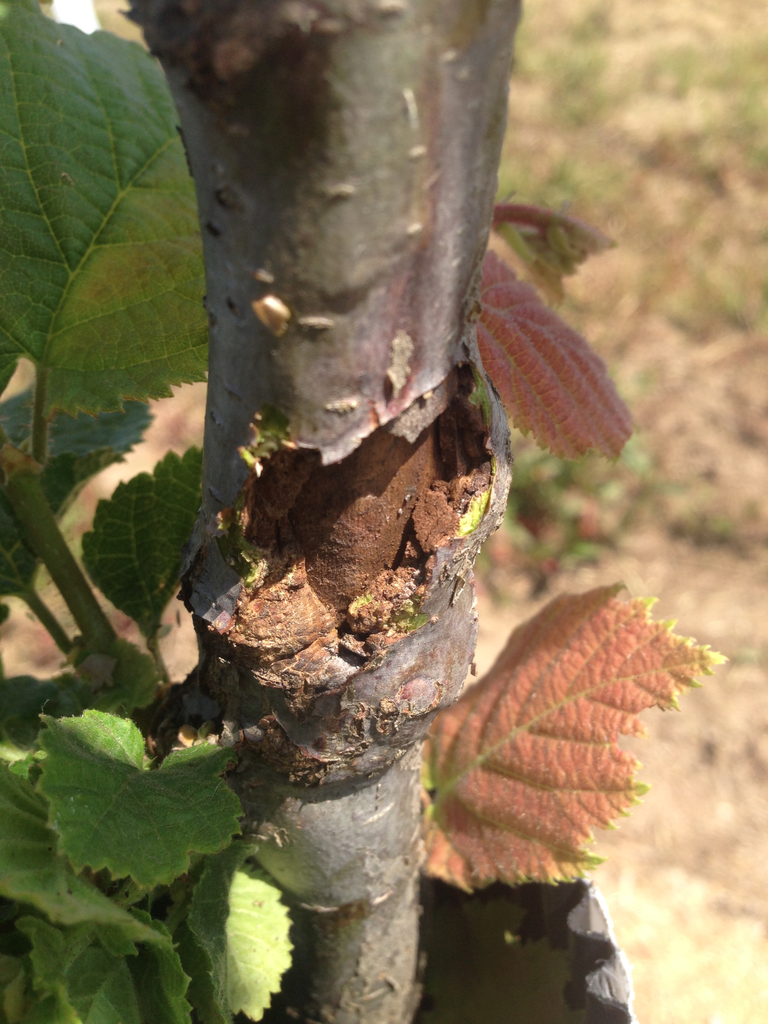
Preventive Measures for PFB
Besides facing the graft away from the sun and pruning away diseased or weakened branches, other preventative methods to keep borers at bay include:
- Paint trunks with white chalk paint or other organically-certified trunk paint with water added, to avoid sunburn. This also helps protect trees against other boring insects, as well as chewing rodents and rabbits.
- Give trees and shrubs enough water and adequate nutrients to prevent stress.
- Avoid injuring trees with sprays, tools and equipment. Injured wood is an open invitation to borers.
- Keep weeds and grass away from the base of the trees. This allows for easier detection of borers. It also exposes the insects to natural predators such as birds.
The borers do have a biological control: the ichnumonid wasp. Instead of stingers, the female wasps have long, specially adapted ovipositors.
“They can sense the larvae inside a branch, probably through vibration. They can unfurl this ovipositor, pierce the wood and deposit an egg inside the larvae,” Wiman said.
The wasp egg develops inside the borer larva and then the wasp chews its way out of the wood. The downside is that the larvae of both the wasp and the borer cause damage to the wood of the host plant. But, Wiman said, the wasps can help keep borer populations in check.
Other natural predators are carpenter ants, which will feed on both the larvae and pupae, and woodpeckers, which will use their long, sharp beaks to jab the borer grubs inside the wood. There is also a parasitic mite that attacks the adult beetles.
Insect Identification
The Pacific flathead or flatheaded borer got its name from the appearance of the larvae. The grubs are fairly large in size, about ½-inch long with a wide, flattened head. The larvae start out a pale-yellow color, later darkening to brown.
The adult PFB is a wide, flat beetle with large eyes. It is ¼-inch to ½-inch long, colored brown with grey markings and an overall coppery sheen. Underneath the hard wing covers, the borer’s back is a brilliant green.
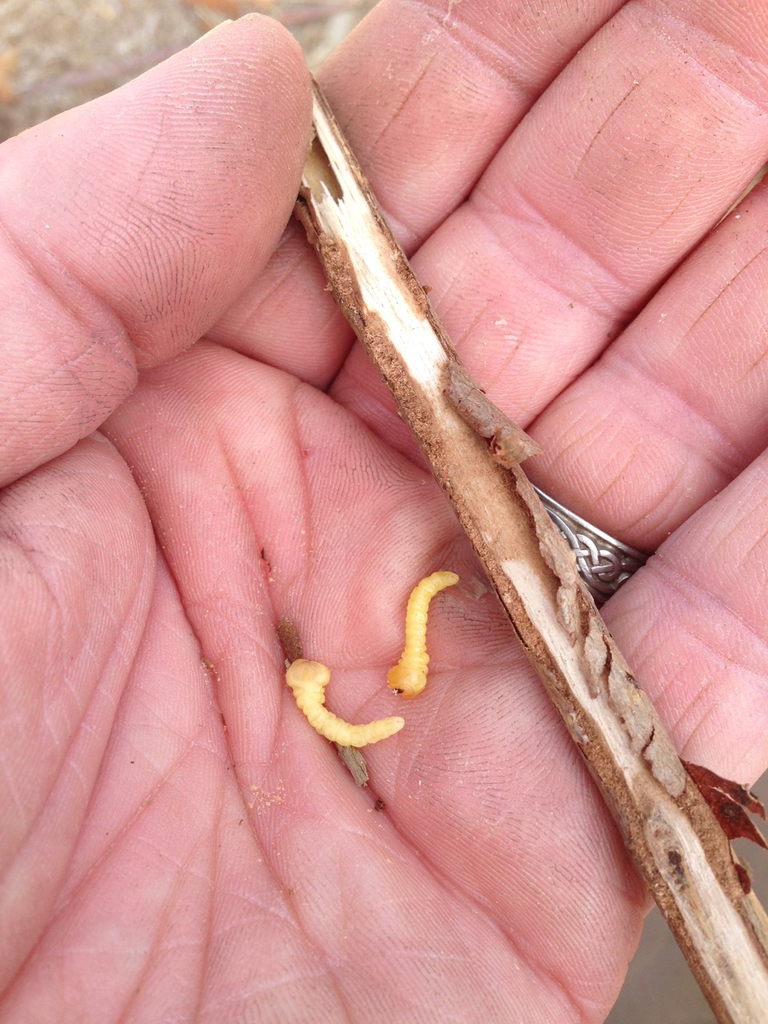
Life Cycle
The females lay eggs in early June to July. They generally choose weakened, sickly or dying trees or branches, depositing their eggs in crevices in the tree bark. They tend to lay eggs on the sunny side of the trees, low on the trunk, below the lowest branches.
Eggs hatch from mid-June to mid-August. After egg hatch, the young larvae burrow into the trees. They begin feeding between the bark and the sap wood. Burrows are broad and irregular. According to Washington State University researchers, borer grubs throw out very little frass (excrement and wood bits.) Injured spots on the tree can be detected by a dark-colored indentation in the bark and by cracks in the bark. Little frass shows through the cracks.
The grubs continue feeding until mature, when they burrow a little further into the wood, build cells and overwinter. They pupate in the spring. Adults emerge about the time apple trees blossom.
The emergence holes are oval shaped and about ¼-inch in diameter. These holes in the tree are generally found near the base.
While small trees may be killed by borers, on larger trees, the damage is usually confined to the sunny side of the tree. New borer damage shows up as raised ridges encircling the trunk or branches. Old borer damage shows up as bark peeling from the trunk.
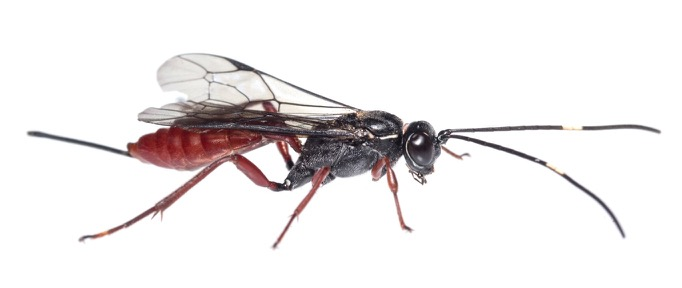
Borer Notes and Research
Wiman and his team are doing borer field research at OSU North Willamette Research and Extension Center. They planted a new apple orchard in early 2020.
“We’ve noticed a lot of borer damage,” Wiman said.
Cherry trees are also especially susceptible. According to Wiman, one cherry orchard farmer lost a whole planting – about $50,000 in damage.
“Every single tree had at least five borers in it,” Wiman said.
As far as the future of US borer damage, it’s likely to continue.
“PFB really like drought-stressed and climate-stressed trees. I think we’re going to see more problems with borers,” Wiman said.
There is light at the end of the borer tunnel. If the host tree is full of sap and growing vigorously, the borer grub cannot thrive inside the growing tissue. It will most likely either die or stop developing and growing.

